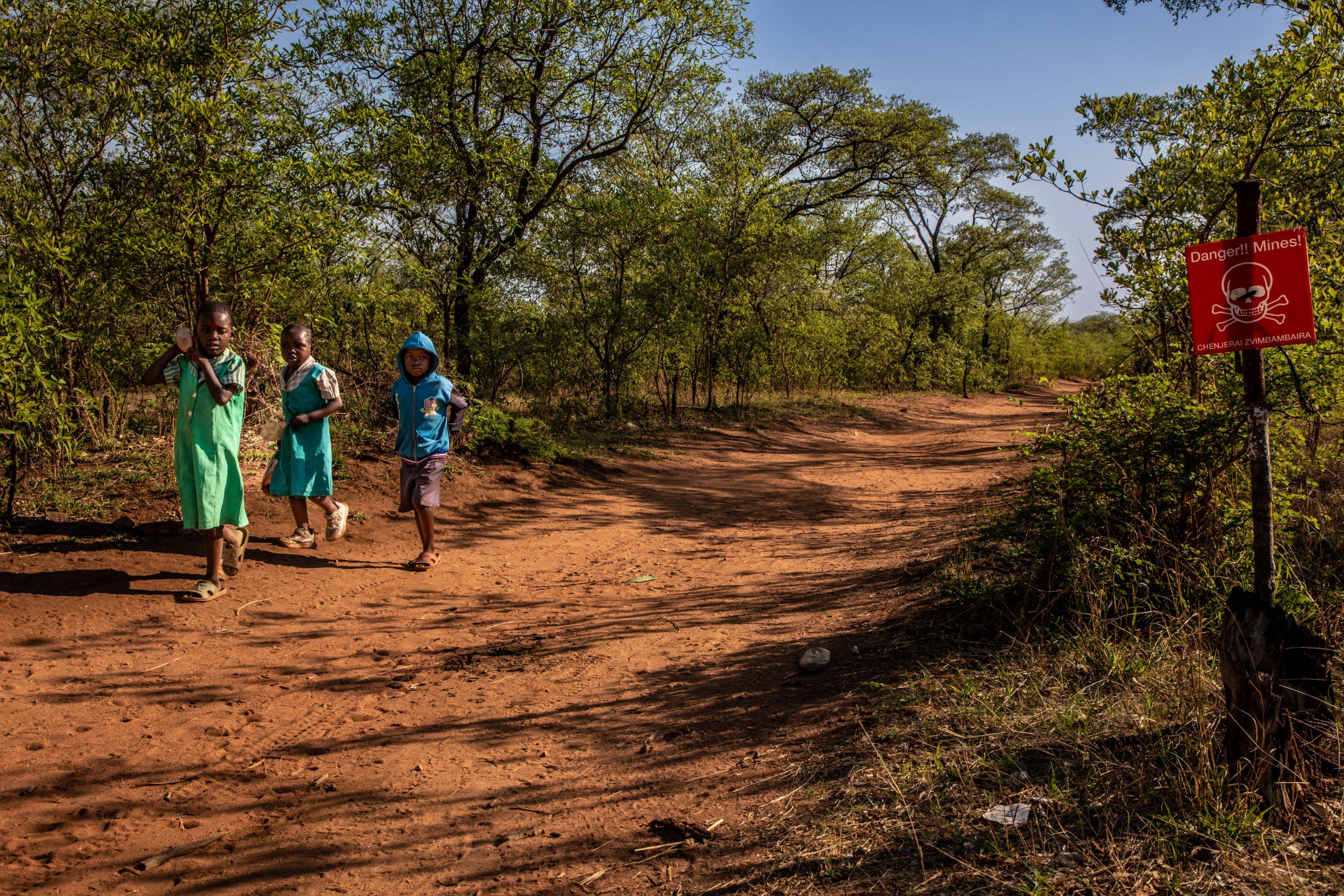An early realisation was that ‘donor coordination’ is too narrow a focus, and that ‘partnership working’, particularly in-country, with a wider range of national and international stakeholders, provides better framing.
Existing Mechanisms
Two existing mechanisms are proving to be effective means of facilitating partnership working. Japan has been developing a partnership with the Cambodian national mine action authorities since 1998. As Cambodian capacities have strengthened, Japan and Cambodia have started to reach out to other National Mine Action Authorities so that they can learn from Cambodia’s experience. The capacity building mechanism between mine-affected states that Japan is facilitating enhances the range of partnerships available to the sector. The Lebanon Mine Action Centre has established a strong national platform for national and international stakeholder engagement in mine action through strong communication and relationship building, centred around robust, transparent national strategies and plans.
National and international partners should work together to build more effective national platforms along the Lebanese lines. The Sectoral Working Group (SWG) established by Ukraine, co-chaired with Japan, is also seen as a good model for strategic partnership working.
Donors face constraints when bidding for and allocating funding. These internal donor mechanisms affect the effectiveness of mine action on the ground. International NGOs must navigate complex funding landscapes, including different donors drawing from different humanitarian, development, or arms control funding silos. National mine action authorities and partners in country must channel a series of funding decisions made in capitals at different times with different caveats and priorities into coherent national implementation plans. All actors face challenges arising from the lack of certainty around future funding preventing longer-term planning.
For some countries, funding inconsistencies deliver an inefficient pathway to completion. Donors face challenges in striking the optimum balance between ensuring sufficient oversight, monitoring and evaluation, and allowing necessary operational flexibility and adaptability. Current mechanisms may not provide sufficient incentivisation and reward to national mine action authorities showing long term commitment, producing robust plans, and working closely with partners. Several high performing national authorities struggle to secure sufficient funding fully to implement their plans. It is arguable that current mechanisms act to direct mine action funding to the immediate crisis, with long term legacy contamination de-prioritised
“It is arguable that current mechanisms act to direct mine action funding to the immediate crisis, with long term legacy contamination de-prioritised.”
Ideas for Improvement
There is a need to move beyond donor coordination to a partnership model that recognises the need for collaboration beyond funding, including on strategy, prioritisation, and capacity development. Where practicable, the centre of gravity of decision making should be moved towards national and local levels, replicating successful national platforms. This needs to be nuanced with a recognition that not all national authorities are currently able to lead national platforms (only 17 State Parties have costed plans) and not every donor Embassy has the capacity to play an active role in a national platform. A strong emphasis is needed on strategic planning (including exit strategies), and on linking the coordination and allocation of donor funding with national mine action strategies.
More work is needed on the extent to which it is practicable to introduce new ways of partnership working. Donors would likely remain constrained regarding when, where and for how long they committed traditional donor funding. On the other hand, various innovative finance mechanisms potentially offer opportunity for new sources of funding and new ways of integrated and partnership working, including with the private sector and new donors. A front-loading facility could provide more stable and predictable funding at scale, for both completion and new emergencies, based on longer-term donor pledges. An International Facility for Mine Action (IFMA) could be created for the mine action sector, drawing on the successful international Finance Facility for Immunisation (IFFIm). To take this forward would require the establishment of a donor “coalition of the willing” work group to work through the details.
There is potential to strengthen existing mechanisms. One option to explore further is whether the Mine Action Support Group (MASG) could become more proactive in facilitating coordination and partnership working, or whether it might take on more of an advocacy role, for instance by generating a “group of friends” for the sector. The MASG has an important unique selling point as a forum where all donors can engage each other. Also worthy of further consideration is whether the mandates for UN peace operations should be broadened to cover more mine action interventions. New crises, such as Gaza, provide a test of the sector’s ability to establish effective coordination mechanisms.
“Various innovative finance mechanisms potentially offer opportunity for new sources of funding and new ways of integrated and partnership working.”
